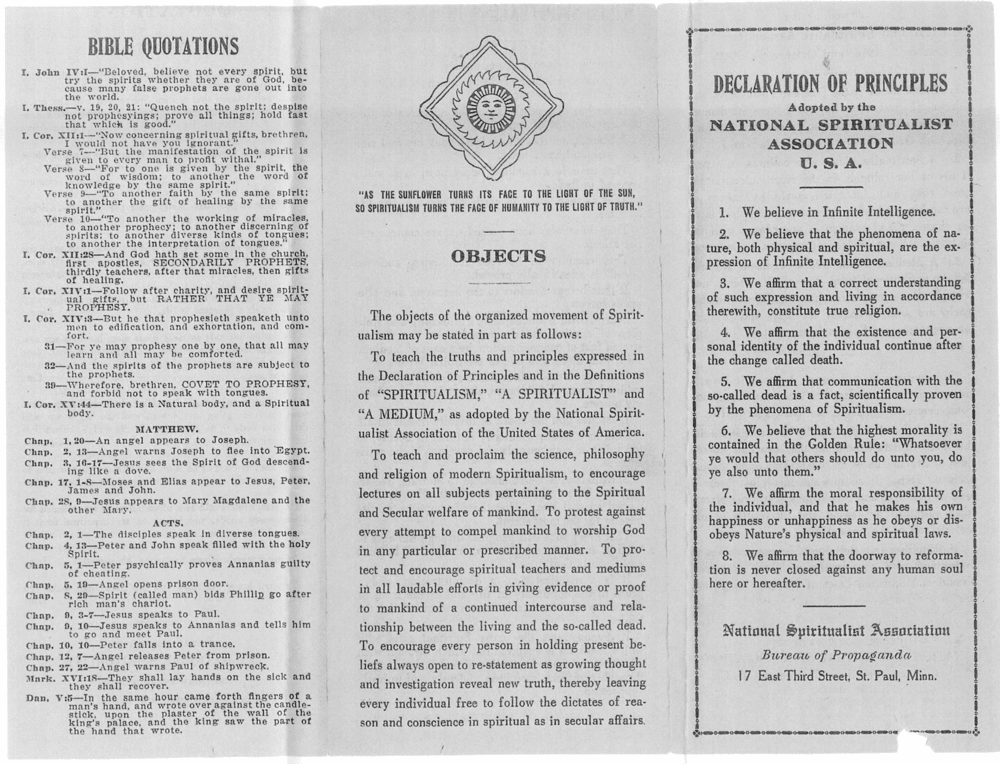Category: Alphadelphia Association
-

May 20 1844 Letter from Schetterly to The Phalanx on the Alphadelphia Association’s Progress
NOTE: One of the more interesting things about this article, to me, is that at the time the society was given as having “upwards of” 1300 members, with at least 100 rejected. This far exceeds the typical assessment of numbers belonging to the society. Addressed here are the association’s early attempts to prepare for on…
-

The Phalanx, article on the formation of the Alphadelphia Association, March 1, 1844
THE PHALANX, or JOURNAL OF SOCIAL SCIENCE “Our Evils are Social, Not Political, and a Social Reform only can eradicate them.” Two Dollars a year. Payable in Advance. Volume 1. New York, Friday, March 1, 1844. Number 6. Charles Fourier THE ALPHADELPHIA ASSOCIATION We have received the constitution of this Association, a notice of the…
-

Silk at Alphadelphia
A. C. Van Epps, the writer of the note below on silk, I find mentioned in “The Romance of China”, chronicled as having visited a Chinese junk on “exhibit” in New York’s harbor, with Chinese crew, and interviewing a Chinese artist about silk production in China. The adventure of that particular junk, a business venture…
-

The Object and Plans of the Alphadelphia Association, 1844
A very interesting bit of reading here on the beliefs and hopes of the Alphadelphia Association. * * * * * DOCUMENTS OF THE SENATE AND OF THE HOUSE OF REPRESENTATIVES AT THE ANNUAL SESSION OF THE LEGISLATURE OF 1844 Report of the Committee on Incorporations. The committee on banks and incorporations to whom was…
-

Mention of the “Alphadelphia Tocsin”
History of Washtenaw County, Michigan WITH SKETCHES OP ITS CITIES, VILLAGES AND TOWNSHIPS, EDU CATIONAL, RELIGIOUS, CIVIL, MILITARY, AND POLITICAL HISTORY; PORTRAITS OF PROMINENT PERSONS, AND BIOGRAPHIES OF REPRESENTATIVE CITIZENS. HISTORY OF MICHIGAN, EMBRACING ACCOUNTS OF THE PREHISTORIC RACES, ABORIGINES, FRENCH, ENGLISH AND AMERICAN CONQUESTS, AND A GENERAL REVIEW OF ITS CIVIL, POLITICAL AND MILITARY…
-

The Alphadelphia Association in The People’s Journal
“The People’s Journal” appears to have been a weekly published by John Saunders and William Howitt from Jan 1846 to Jul 1849, and then as “People’s and Howitt’s Journal” from July 1849 to June 1851. * * * * * THE PEOPLE’S JOURNAL Edited by John Saunders Vol. III London People’s Journal Office MDCCXLVII The…
-

The Alphadelphia Association
Pioneer Collections, Volume 5 By Pioneer Society of the State of Michigan Lansing Mich W. S. George & Co. State Printers & Binders 1884 THE ALPHADELPHIA ASSOCIATION. ITS HISTORY IN COMSTOCK, KALAMAZOO COUNTY BY A. D. P. VAN BUREN. The theory of holding property in common was advanced by Pythagoras, and was fully advocated and…
-

“The Primitive Expounder” published out of Alphadelphia by R. Thornton and J. Billins
Universalist Companion with an ALMANAC AND REGISTER containing the STATISTICS OF THE DENOMINATION for 1846 A. B. Grosh, Editor and Proprietor Periodical—The Primitive Expounder” is published every other Thursday, in Alphadelphia, on a medium sheet, octavo form, at $1.00 per annum in advance, by Revs. R. Thornton, and J. Billings, Editors. New Society.—Convis, 24 ms.,…
-

NATIONAL SPIRITUALIST ASSOCIATION DECLARATION OF PRINCIPLES 1914-1918
Spiritualism became quite popular in the mid to late 19th century. Interestingly enough, and not surprisingly, some of those who had been interested in the utopian movements were attracted to spiritualism. For example, James Allen Noyes, after the failure of the Alphadelphia Association, eventually moved to Liberal, Missouri, a town founded for free thinkers. Spiritualism…
-

AMERICAN SOCIALISMS by John Humphrey Noyes
In which is mentioned the Alphadelphia Association as the Washtenaw Phalanx, and the Lagrange Indiana community to which James Noyes went after the collapse of the Alphadelphia Association–as well did H. R. Schetterly, the founder of the Alphadelphia Association. * * * * * AMERICAN SOCIALISMS by John Humphrey Noyes CHAPTER XVIII LITERATURE OF FOURIERISM…